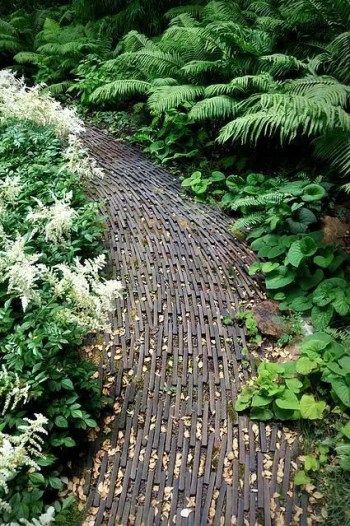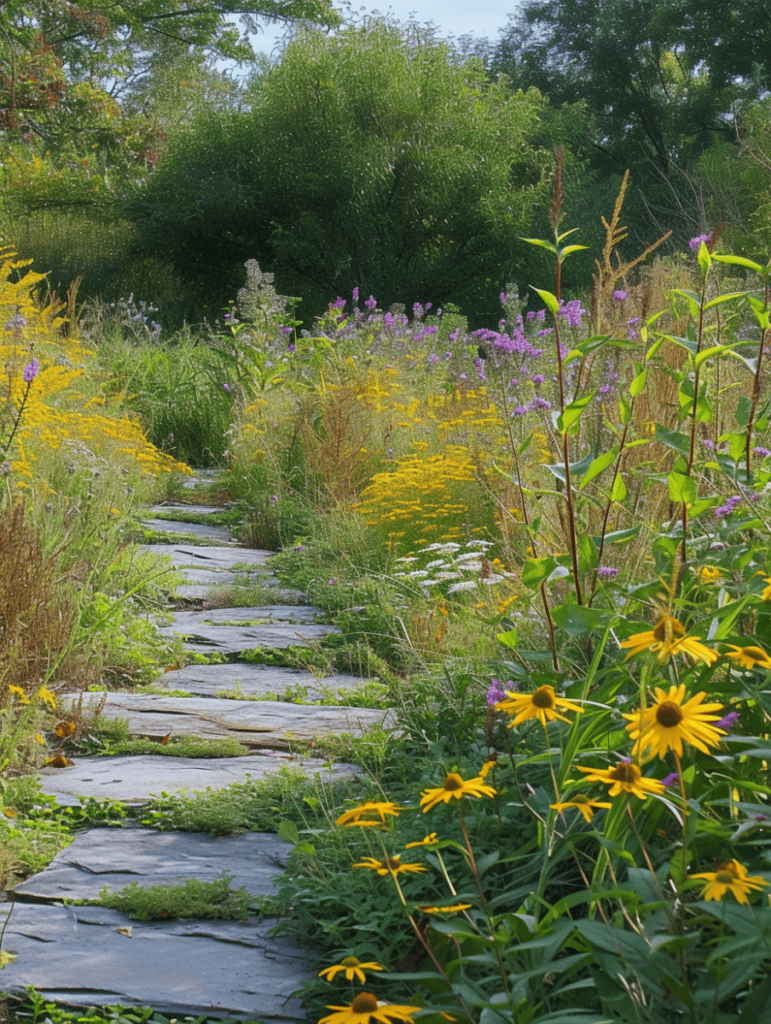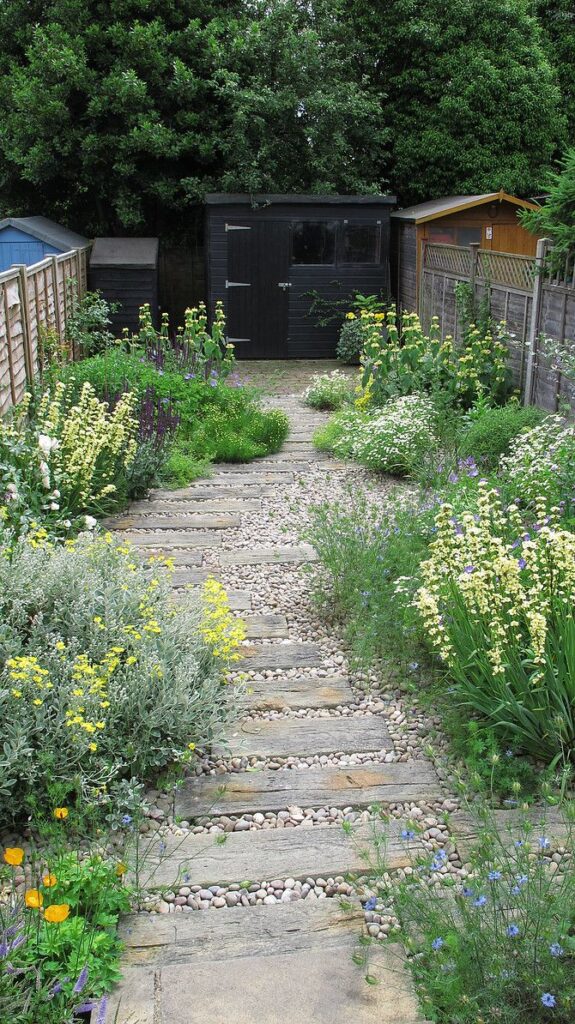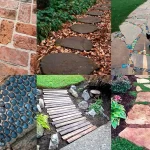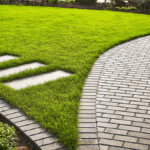Garden paths are an essential element in any garden, providing both functionality and aesthetic appeal. They serve as guide through the landscape, leading visitors to different areas of the garden and creating a sense of flow and cohesion. But when it comes to choosing the right path for your garden, there are a few things to consider.
One of the first decisions to make when designing a garden path is the material. There are many options available, from traditional choices like gravel, to more contemporary options like concrete or pavers. Each material has its own benefits and drawbacks, so it’s important to think about the overall look and feel you want to achieve in your garden.
Another important consideration is the width of the path. A narrow path may be sufficient for a single person to walk along, but if you anticipate heavy foot traffic or want to accommodate wheelbarrows or other equipment, a wider path may be necessary. The width of the path should also be proportional to the size of the garden – a large garden may require a wider path to maintain balance and harmony.
The layout of the garden path is also key to creating a cohesive and visually appealing design. Straight paths are formal and symmetrical, while curved paths are more informal and organic. Curved paths can help soften the straight lines of a garden and create a sense of movement and exploration. Mixing straight and curved paths can also add visual interest and create a dynamic flow through the garden.
In addition to the material, width, and layout of the path, it’s important to consider the overall maintenance requirements. Some materials, like gravel or mulch, may need to be replenished regularly to prevent erosion and maintain a neat appearance. Pavers and concrete paths generally require less maintenance but may need occasional weeding or cleaning.
Ultimately, the garden path should complement the overall design of the garden and enhance the visitor’s experience. Whether you prefer a formal, symmetrical layout or a more naturalistic, meandering path, careful consideration of materials, width, layout, and maintenance requirements will help you create a beautiful and functional garden path that enhances your outdoor space.
